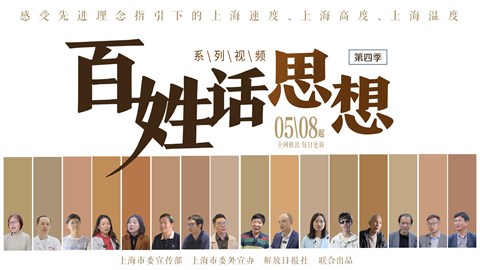You are what you eat, but cold, low-carb, healthy meals are colorblind

-

Videos and photographs showing simple, cold, raw, low-carbon and mostly vegetarian meals have gone viral on the Chinese Internet nicknamed "whitepeoplefood", or 白人饭 in Chinese.
-

-

-

-

You get up in the morning, make yourself a cup of coffee and then leave for work or school. At noon, you grab an energy bowl from a nearby diner, or perhaps just wolf down a granola bar or two if you're pressed for time. Back home in the evening, you don't feel like cooking so you whip up a salad with anything left in the fridge.
This kind of eating pattern has been dubbed "white people meals" on the Chinese Internet. The term went viral after many Chinese people working in Europe and the US shared pictures of the lunches of colleagues, who were mostly white. The food was usually cold, raw, low-carbon and often vegetarian.
I find the term "white people meals" quite racist and offensive. The pictures, videos and recipes under the tag on lifestyle platforms ultimate show little difference from what might be called "light meals."
At first, the meals shared online were very basic – usually just a lunch box of boiled carrots and potatoes. But then, light meals began to show up under "white people meals" as well. I saw one that mixed burrata cheese and grapes; another featured crackers with a tuna dip. And, of course, there were many different styles of salads and sandwiches.
None of these meals is exclusively eaten by white people, that's for sure.
From netizens' comments, I found there are two basic trains of thought underlying the term "white people meals."
One is that such meals are only for surviving but not for enjoying. The food is served cold, without much meat and just simple seasoning. That is very different from the standard Chinese diet, so most netizens don't understand how such foods can be defined as "a meal."
Then, too, most Chinese food is served heated, whether the meal involves rice, noodles or buns. And vegetables and meat are traditionally part of a meal.
Chinese people are used to cooking different foods by different methods. The idea of preparing a meal according to only one method is odd to them. Thus, if you have already boiled carrots, then you should shred potatoes and stir-fry the lot with vinegar and chili oil.
Different cultures have different eating habits. It has nothing to do with race. I would frown if someone called a bowl of noodles a "yellow people meal."
On the other hand, these so-called "white people meals" are believed to be healthier than the traditional Chinese diet. People who follow such a diet for weeks claim they feel fitter and are more focused in their study and work.
Before the term "white people meals" went viral, the idea of lighter meals was catching on in China, especially in big cities. High protein and low carbon, low sodium and low fat, more veggies and less red meat. This dietary regime is frequently promoted both online and offline.
Traditional light food chains, such as Wagas and Subway, have expanded in the Chinese market. "How to duplicate a Wagas salad at home" is a standing topic on lifestyle platforms such as Xiaohongshu. Meanwhile, Subway has now more than 530 franchises in China, and the number is expected to rise to 1,500 in 2028.
I don't think it's necessary to link a "healthy diet" with "white people," or with any skin color. The Mediterranean diet, touted as one of the healthiest in the world, has nothing to do with race. Furthermore, Chinese cuisine can be very healthy as well. And don't tell me that "white people" would say no to a warm meat and veggie casserole on a winter's night.
History should have taught us that stereotypes are bad and reinforcing them is worse. So let's just focus on what's best about food and cuisine, and forget the skin color of who's eating it. A plate of salad is just a plate of salad.
















